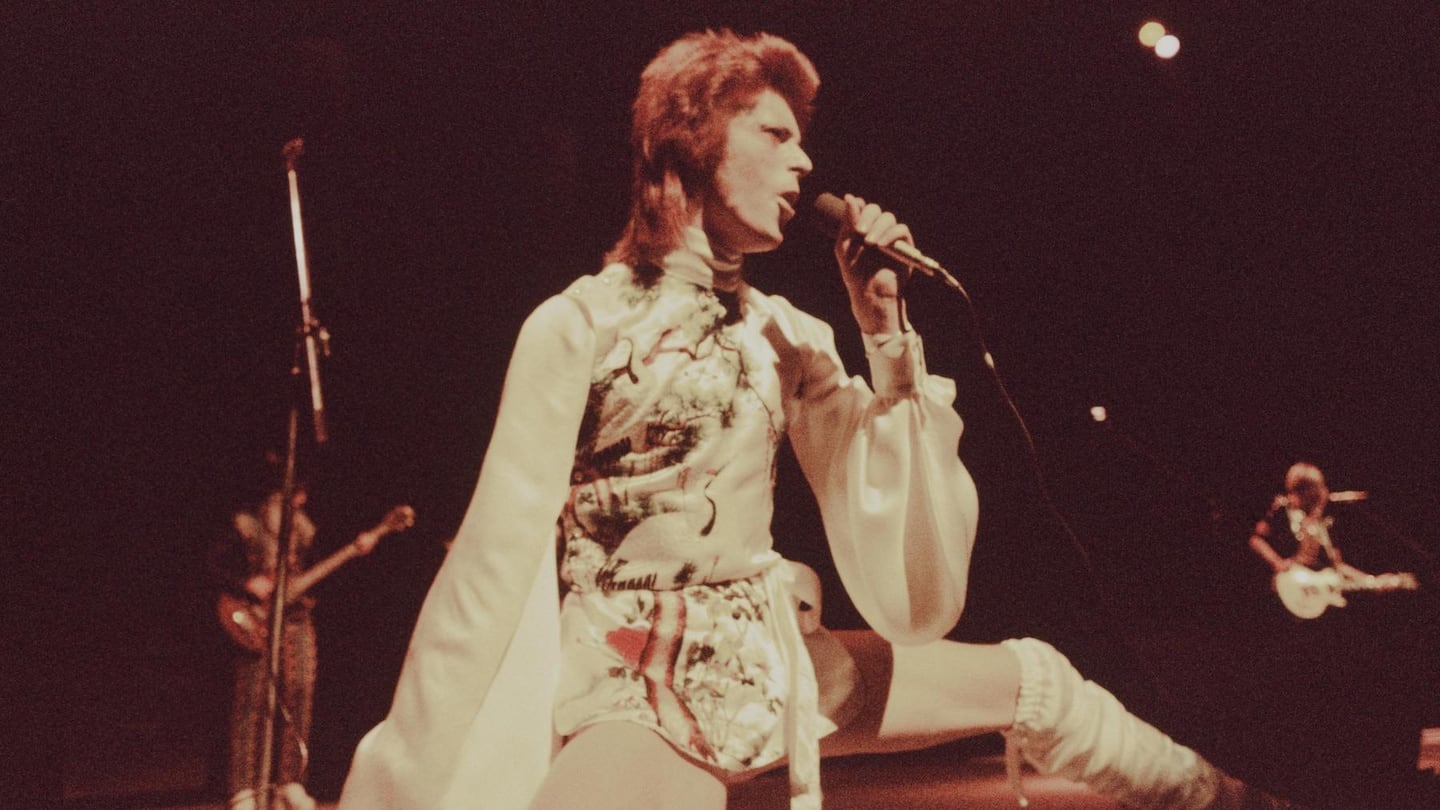
The Business of Fashion
Agenda-setting intelligence, analysis and advice for the global fashion community.

Agenda-setting intelligence, analysis and advice for the global fashion community.

Understanding fashion's rich history continues to be crucial to a successful career in the industry. Take BoF's Fashion History for Today online course with Colin McDowell and learn fashion's fundamentals.
LONDON, United Kingdom — Demonstrating a solid knowledge of fashion history is essential for anyone who wishes to work in the fashion sector, irrespective of the role they wish to work in.
Although fashion is a highly innovative and creative industry, it is also highly cyclical. Many looks are revisited and reinterpreted by designers and this is a key reason why an awareness of fashion history is important. Understanding the heritage of seminal moments and the zeitgeist of that era means that one can reference where key looks have originated from and why.
In 1970, David Bowie (real name David Jones) released his third album called "The Man Who Sold the World." On the record cover, Bowie is pictured reclining on a chaise longue with long wavy hair and wearing a long velvet dress, dubbed the "man dress." Styled with some block-heeled suede boots, the look was deliberately androgynous. He repeatedly re-wore the "man dress", designed by Mick Jagger's dresser Mr Fish, throughout his US publicity tour in early 1971, despite being reportedly ridiculed by the general public on the street.
ADVERTISEMENT
Some fashion historians credit Elvis Presley as the initiator of androgyny as a concept. However, Bowie's exaggerated use of makeup and theatrical stage outfits were seen as far more controversial than his androgynous style rival, who solely relied on eyeliner and a feminine pout. As the King of Reinvention, Bowie would use music and fashion as a means of self-expression through his personas like Ziggy Stardust, Aladdin Sane and the Thin White Duke.
"People like Jean Paul Gaultier, Zandra Rhodes [and] Vivienne Westwood really did extraordinary things, which were all linked in many, many ways with David Bowie, who was a seminal figure," says Colin McDowell MBE, fashion writer, journalist and academic. Indeed, androgyny remains a key trend in fashion today, with designers like JW Anderson, Eckhaus Latta and Rad Hourani creating unisex products and high street brands including Zara and H&M following suit.
Understanding fashion's rich history continues to be crucial to a successful career in the industry. Take BoF's Fashion History for Today online course with Colin McDowell to learn fashion's fundamentals.
From analysis of the global fashion and beauty industries to career and personal advice, BoF’s founder and CEO, Imran Amed, will be answering your questions on Sunday, February 18, 2024 during London Fashion Week.
The State of Fashion 2024 breaks down the 10 themes that will define the industry in the year ahead.
Imran Amed reviews the most important fashion stories of the year and shares his predictions on what this means for the industry in 2024.
After three days of inspiring talks, guests closed out BoF’s gathering for big thinkers with a black tie gala followed by an intimate performance from Rita Ora — guest starring Billy Porter.